Installation
"Ficus Religiosa" - 2003 - 06 Is it possible that a life-form eats itself and produces another one of its kind by doing so?
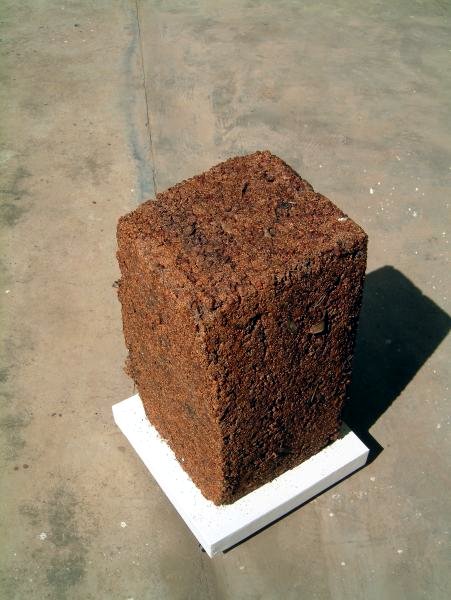
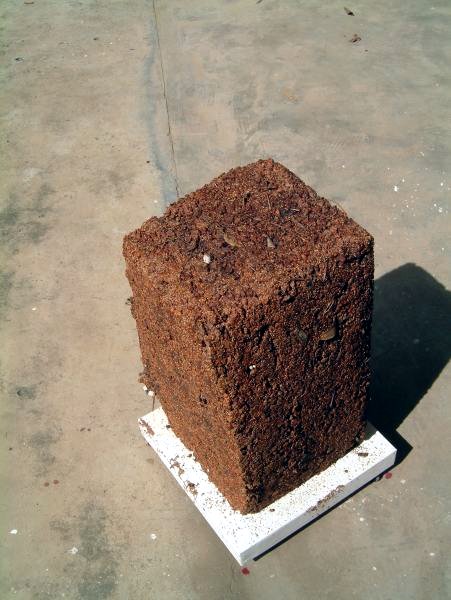
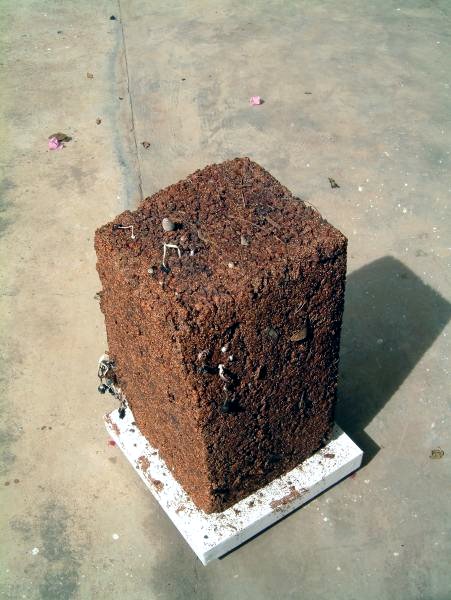
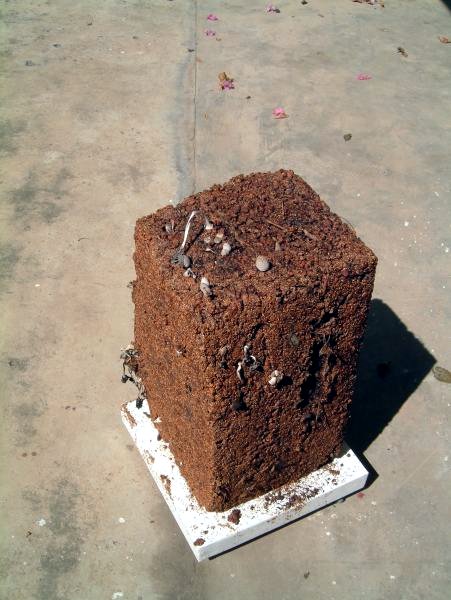
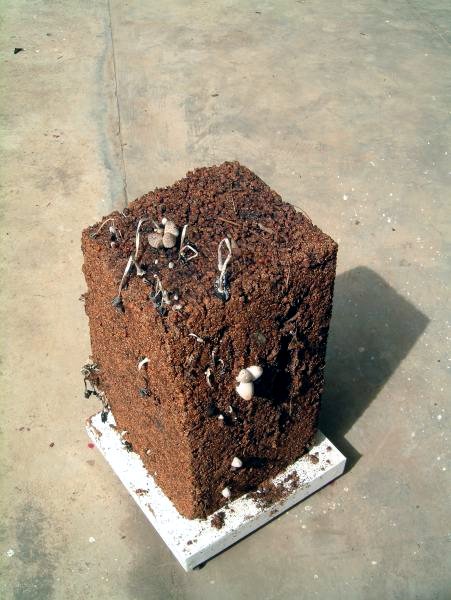
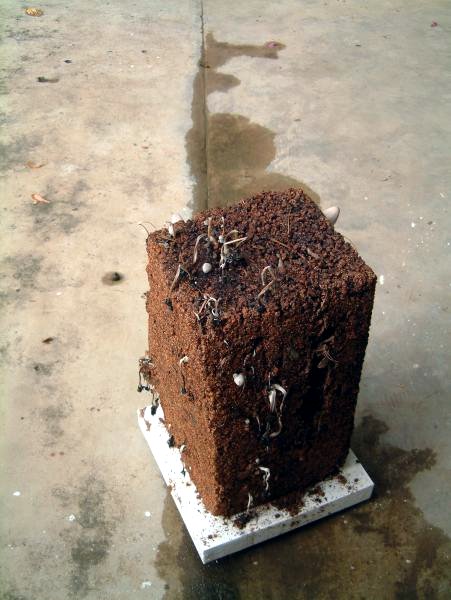
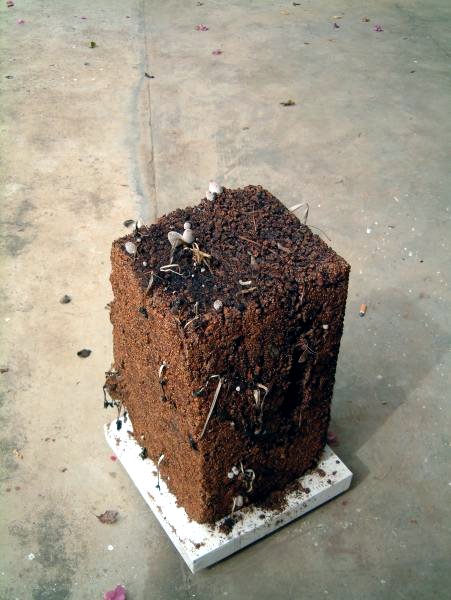
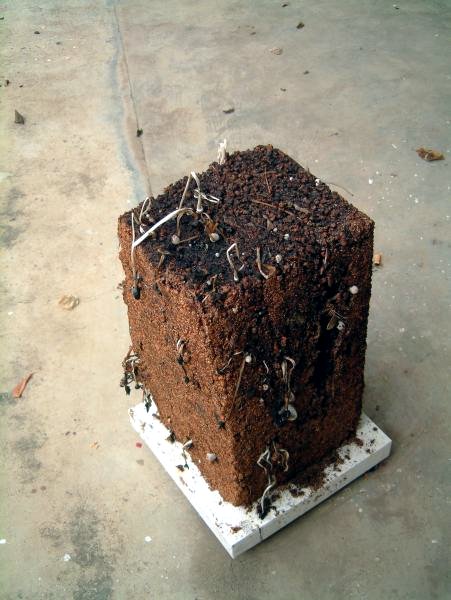
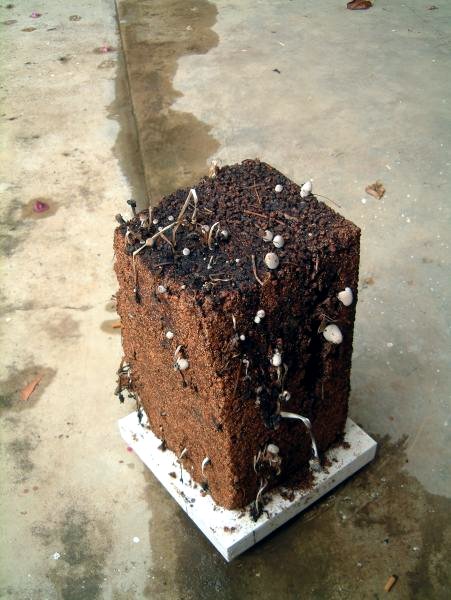
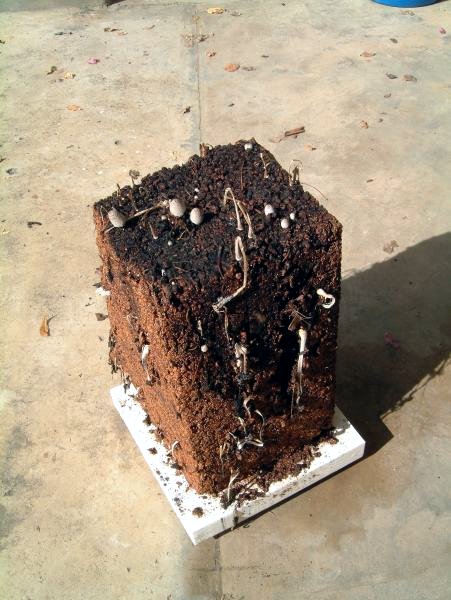
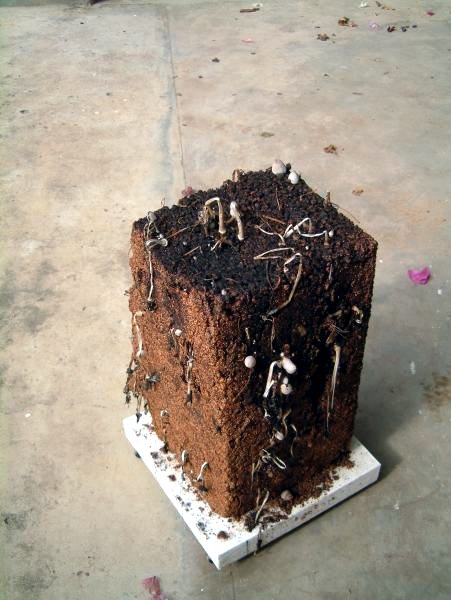
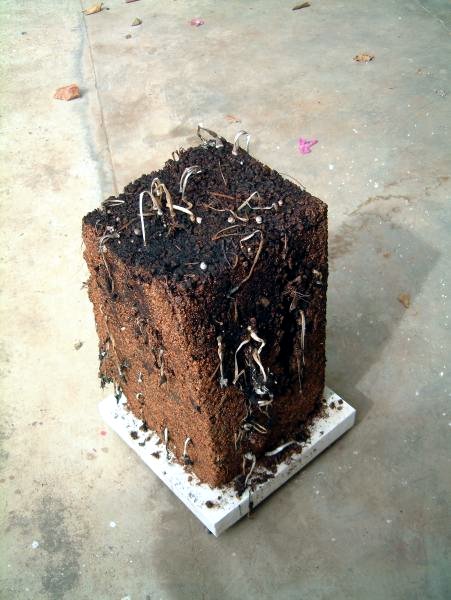
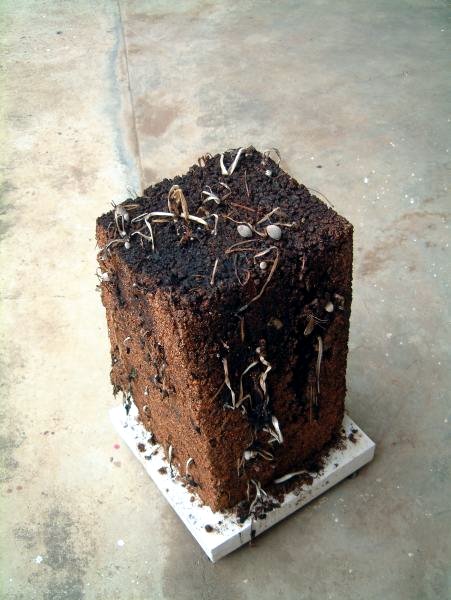
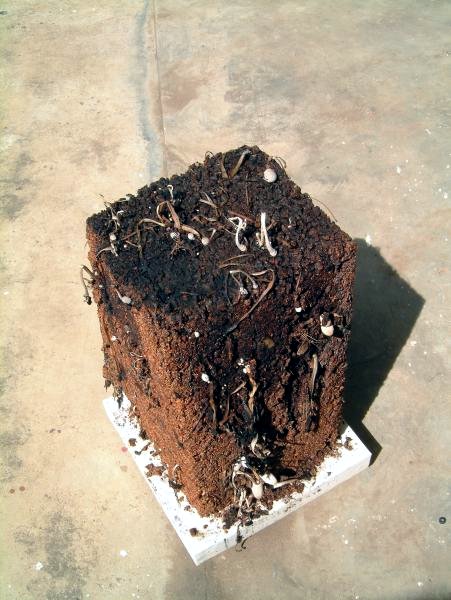
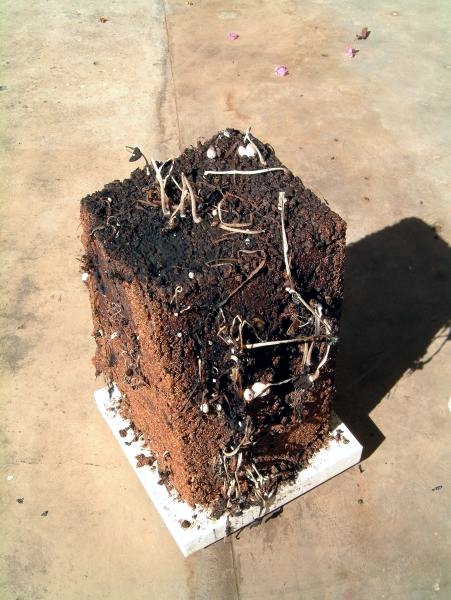
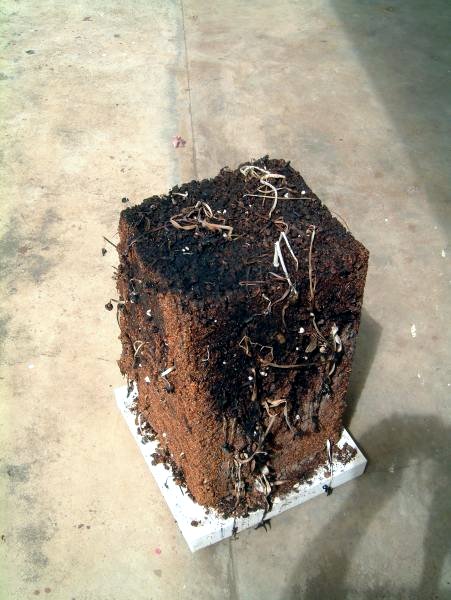
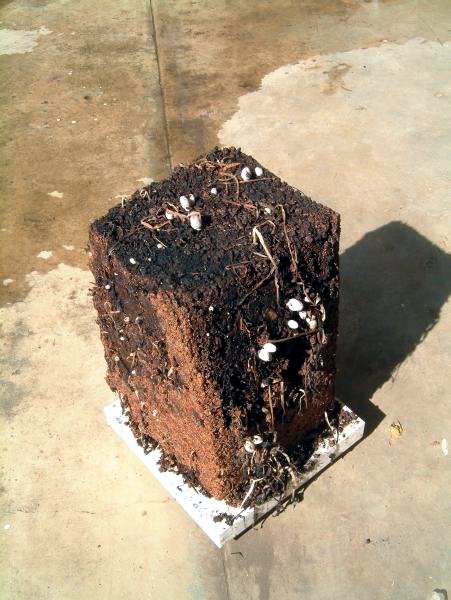
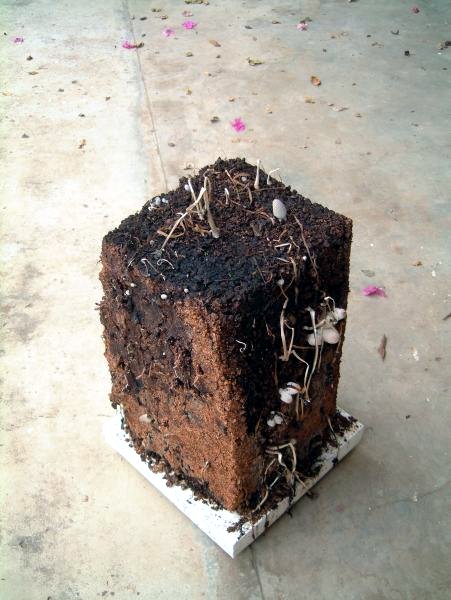
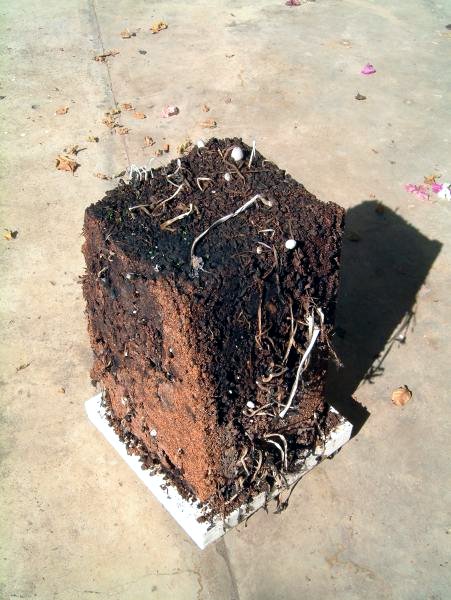
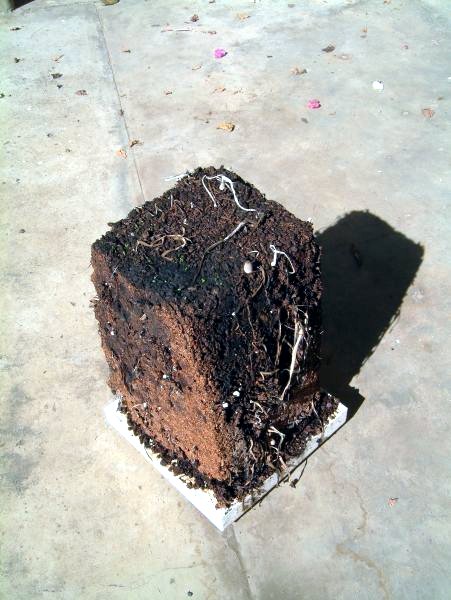
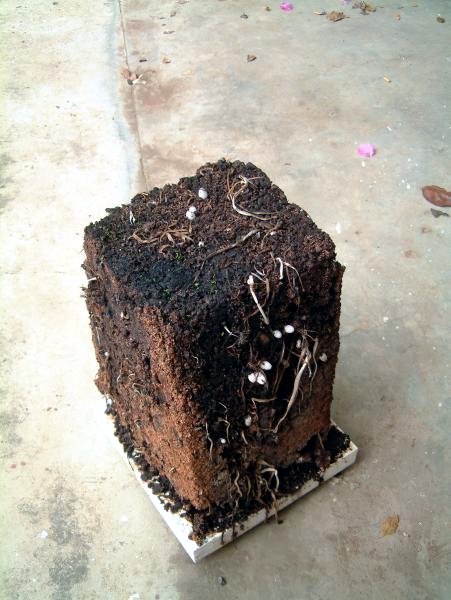
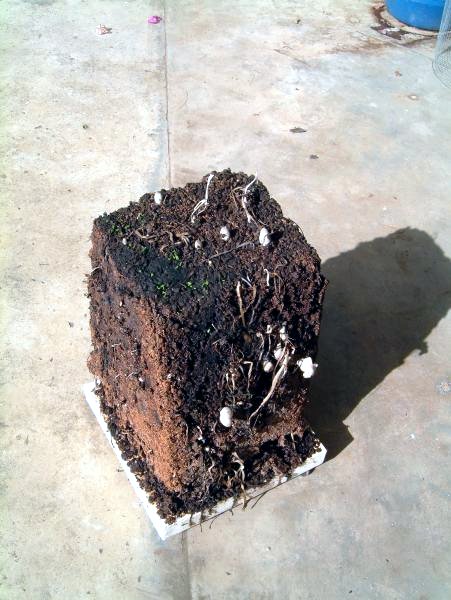
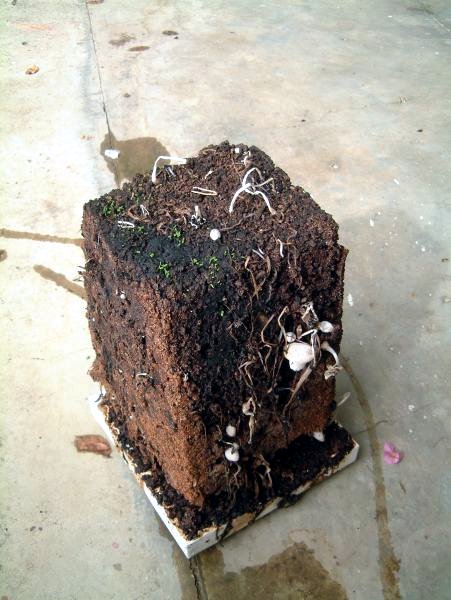
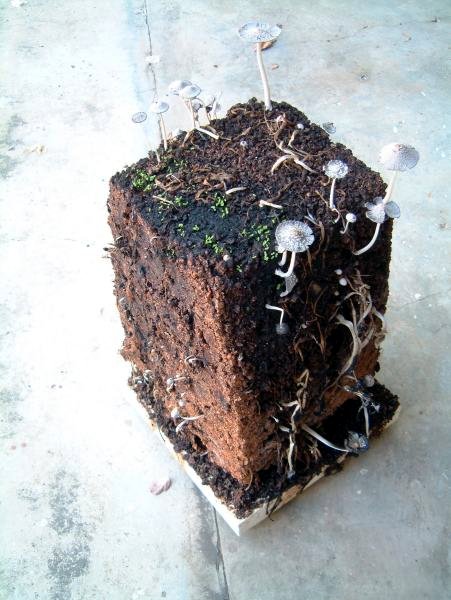
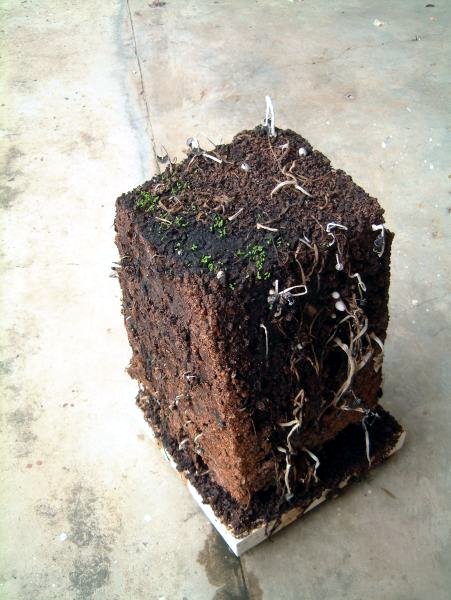
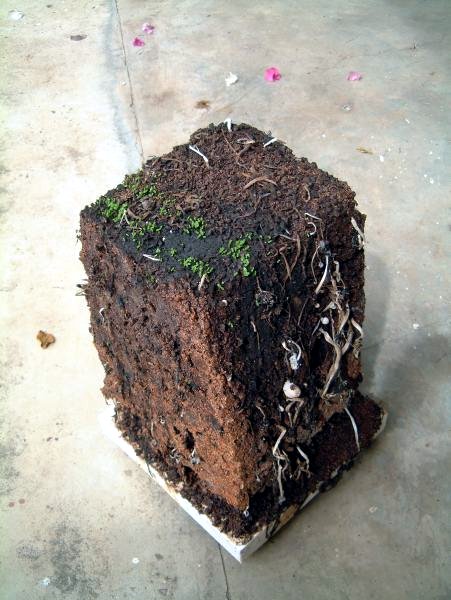
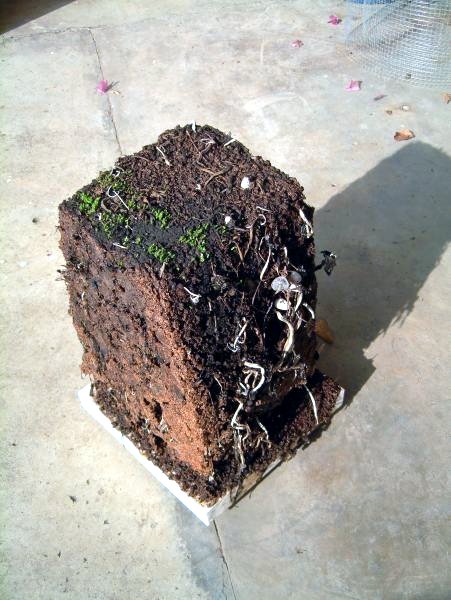
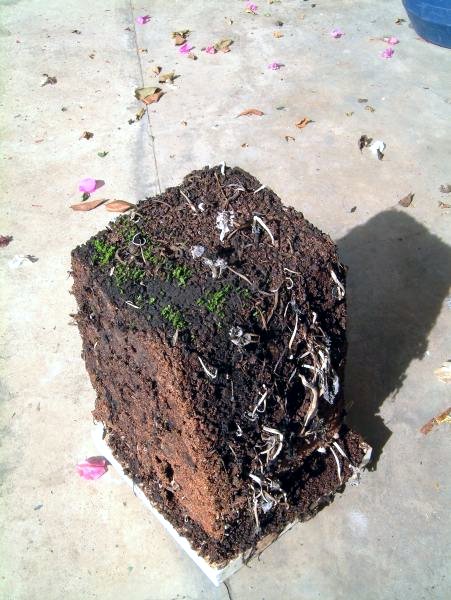
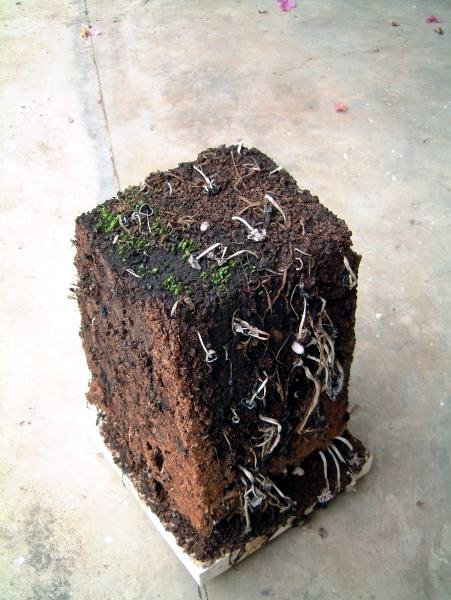
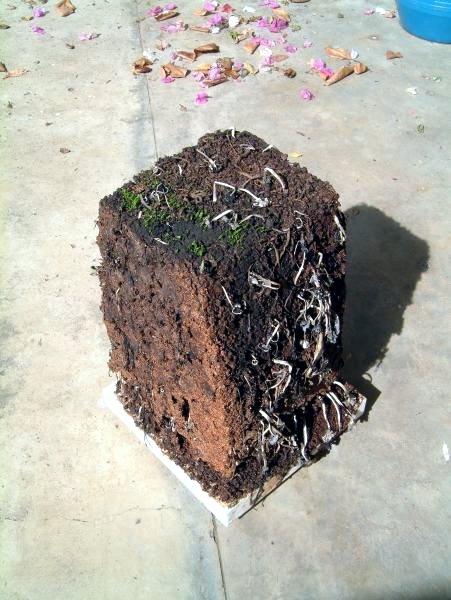
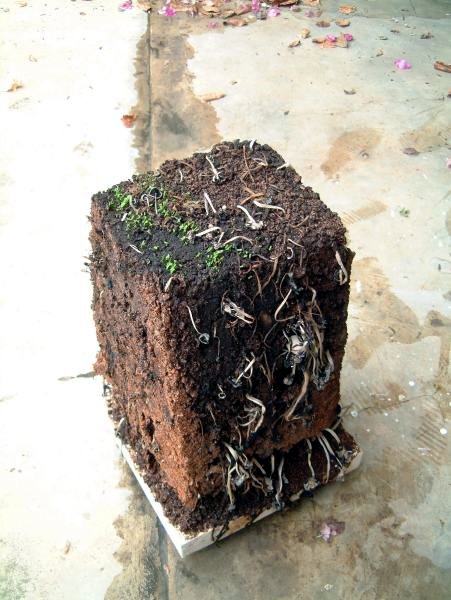
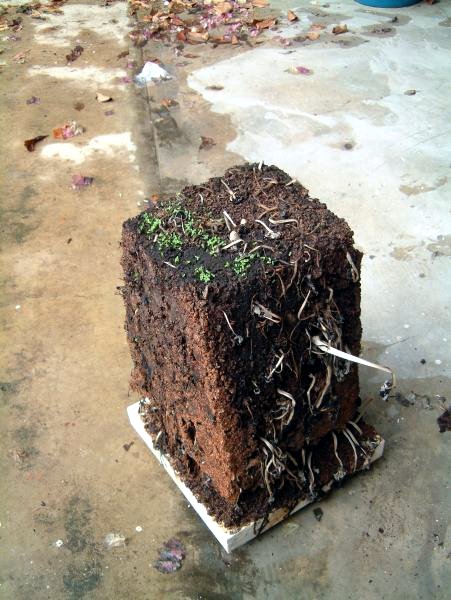
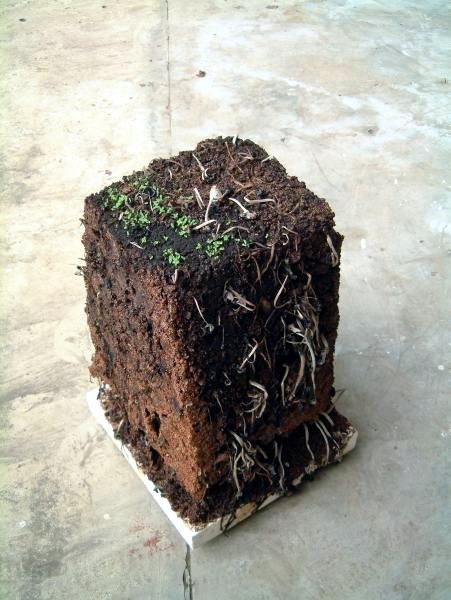
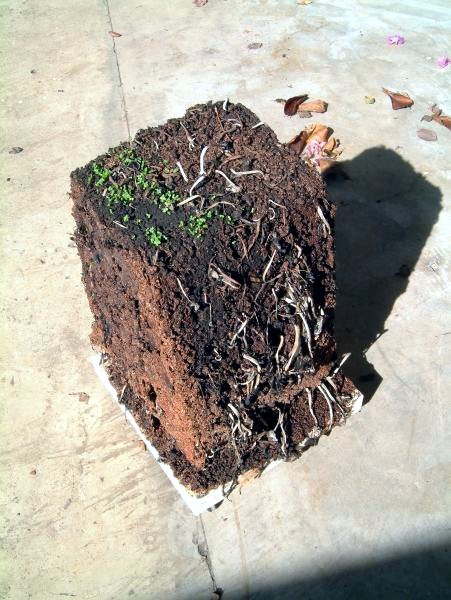
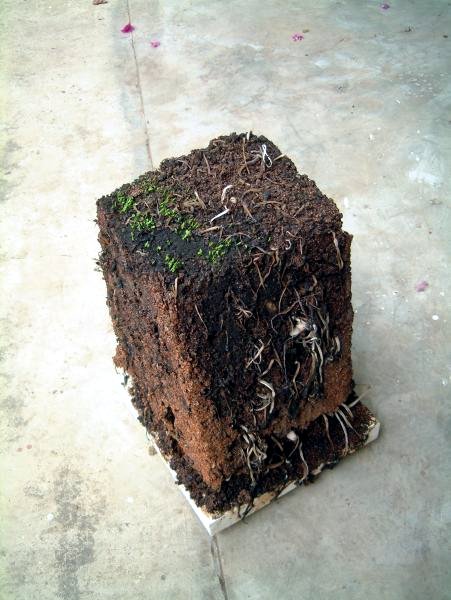
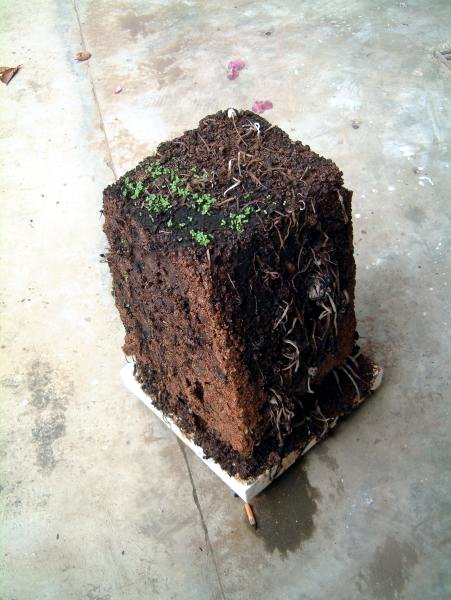
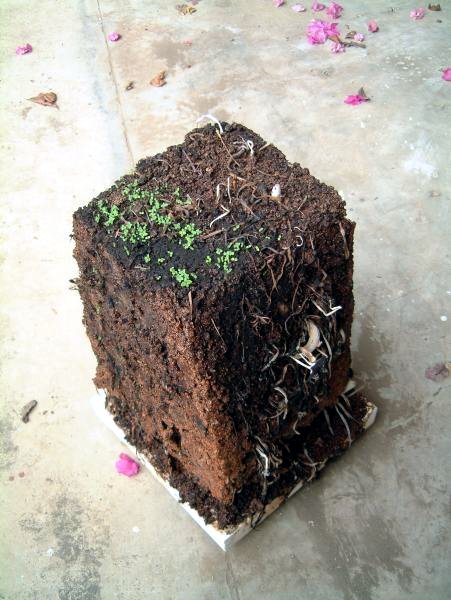
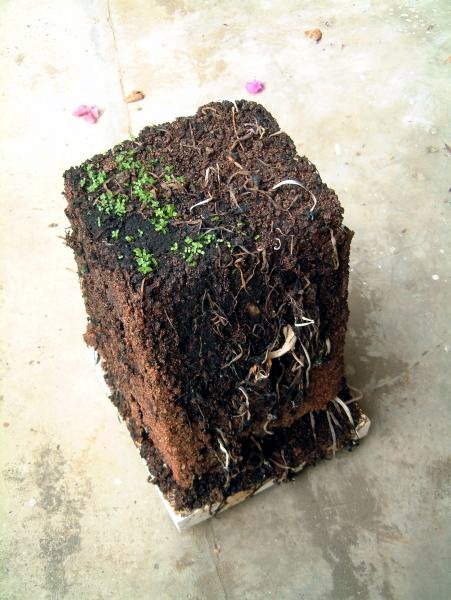
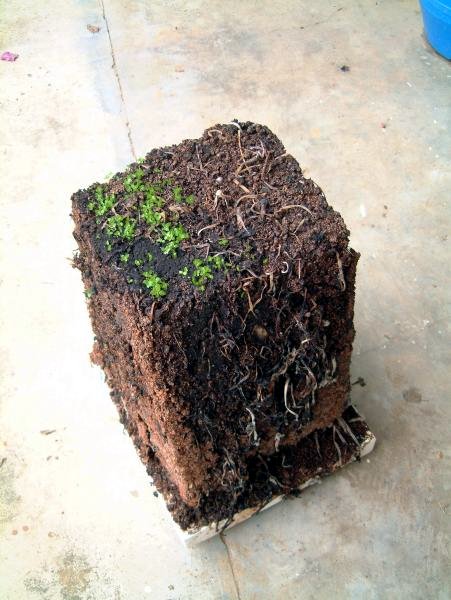
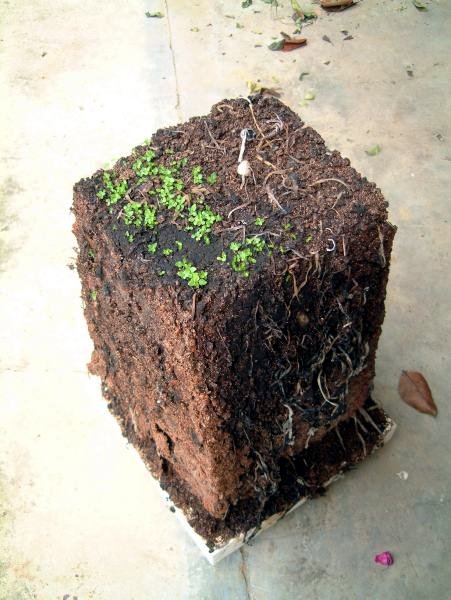
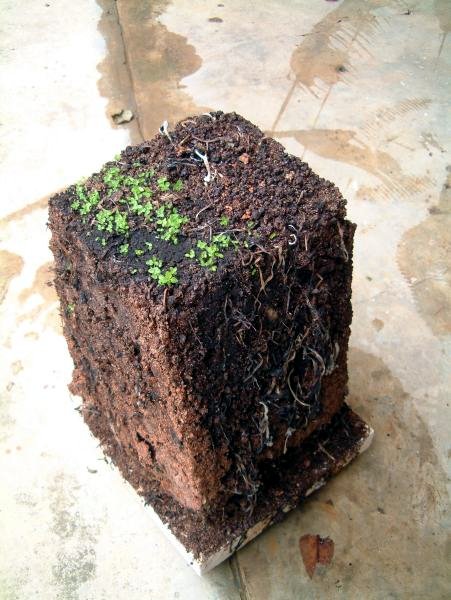
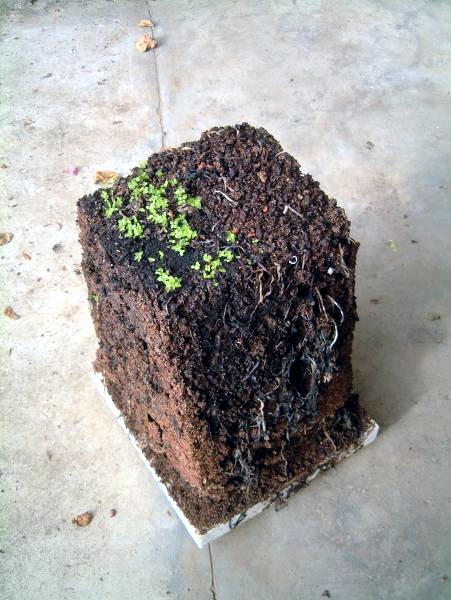
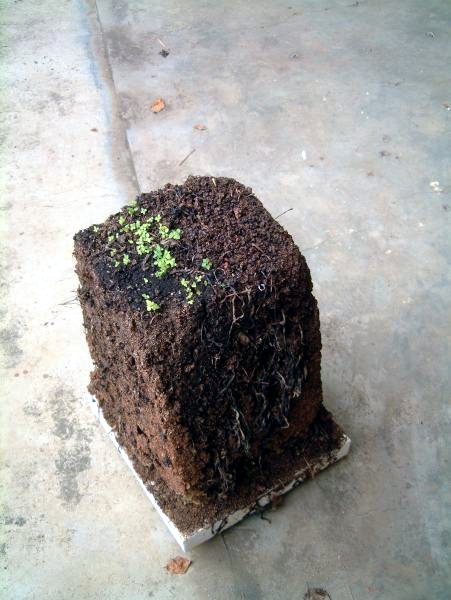
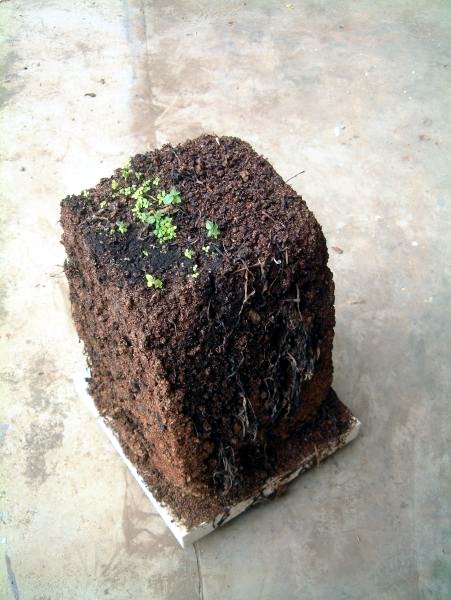
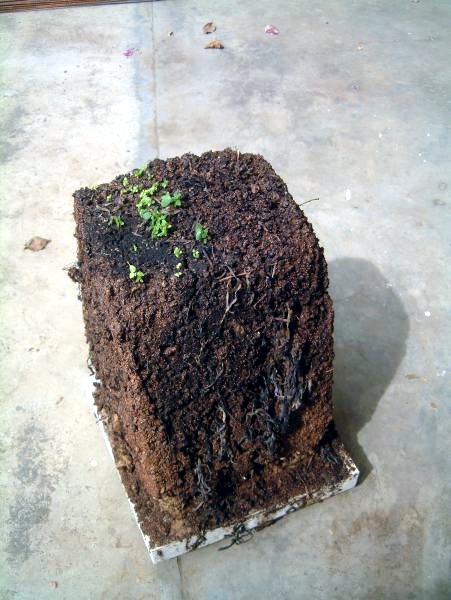
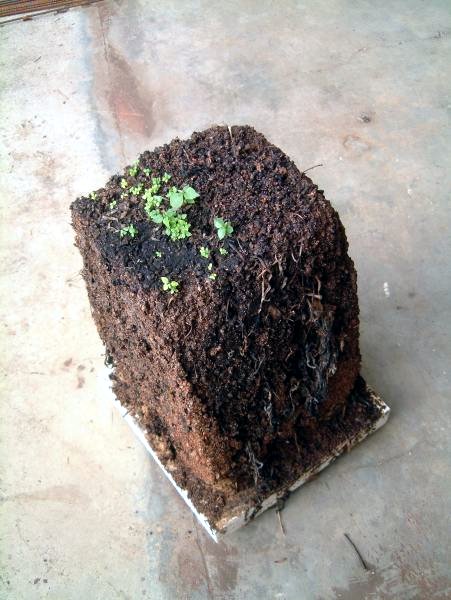
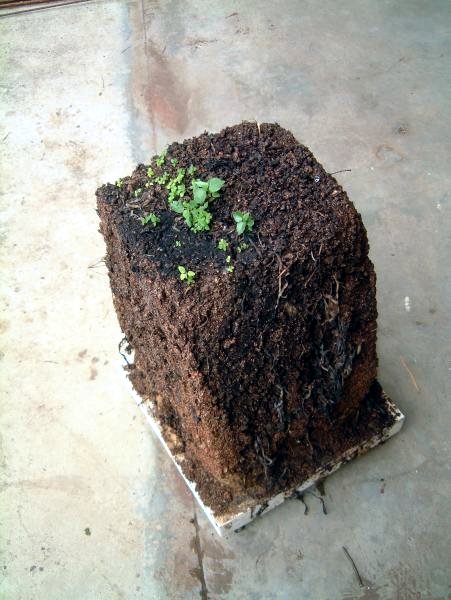
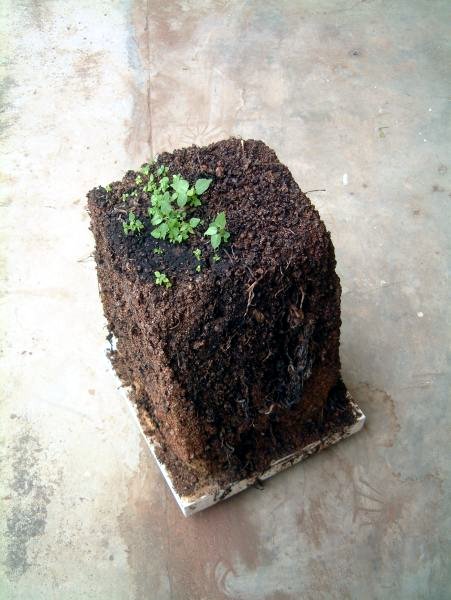

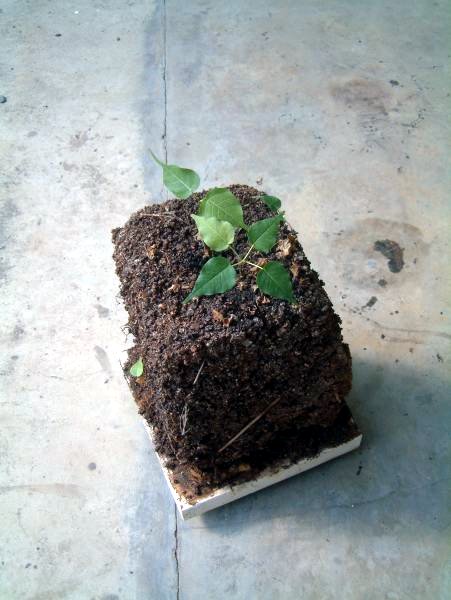
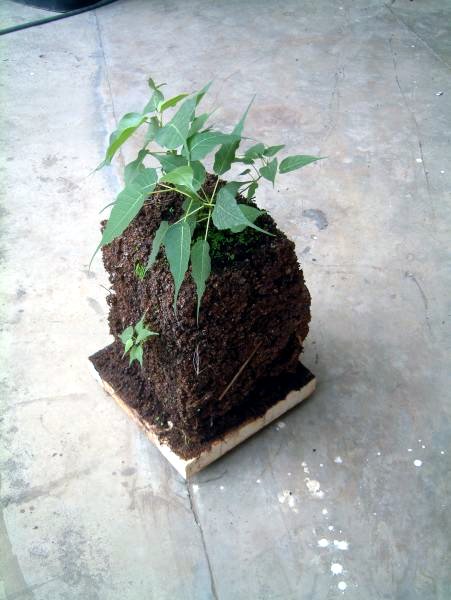
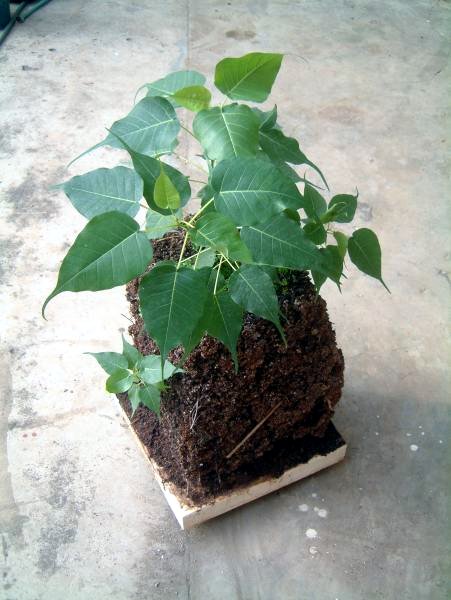
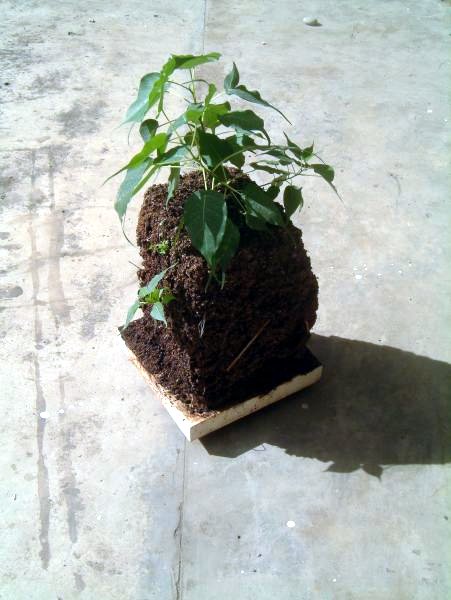
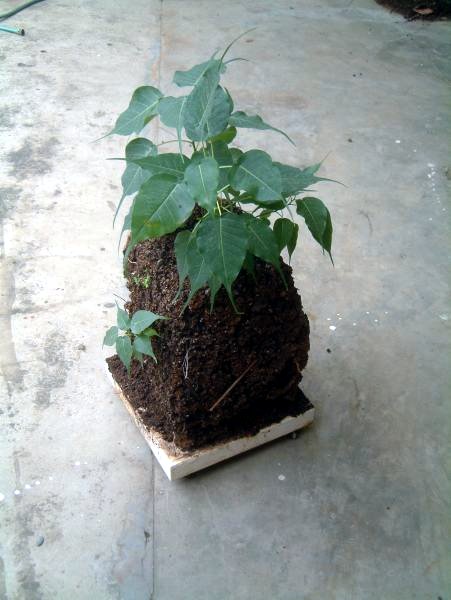
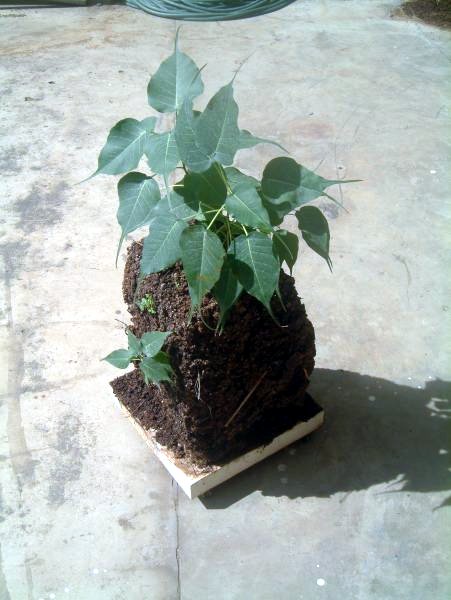
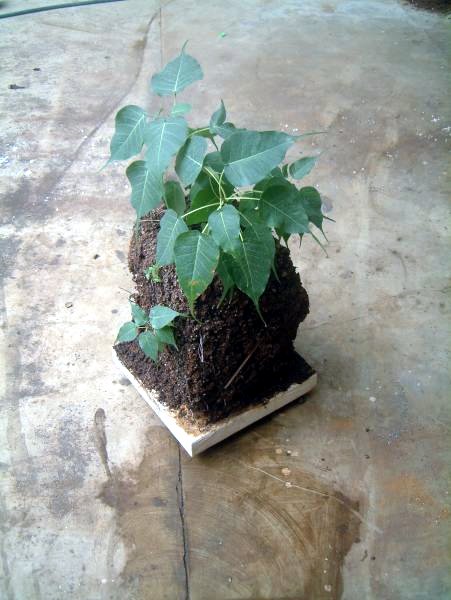
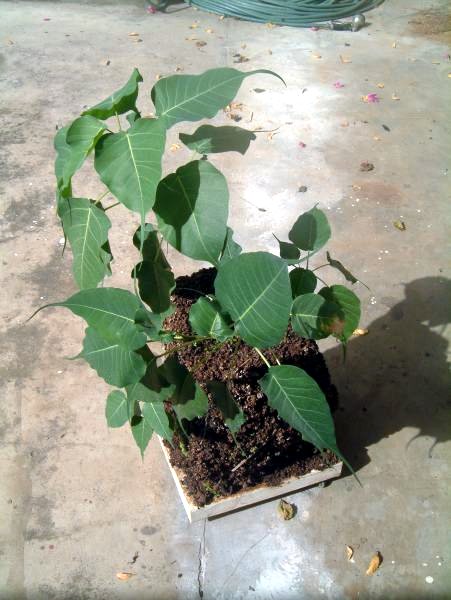
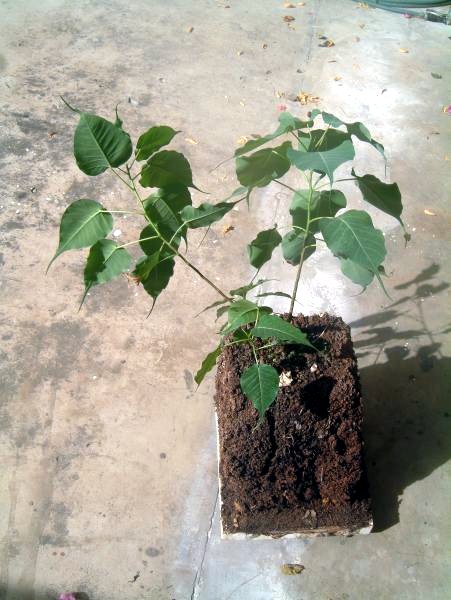
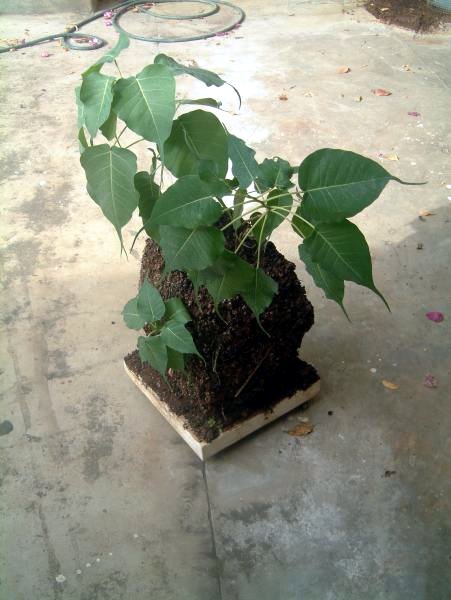
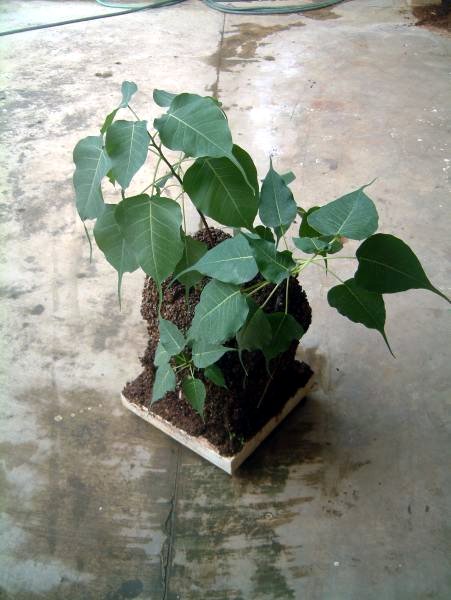
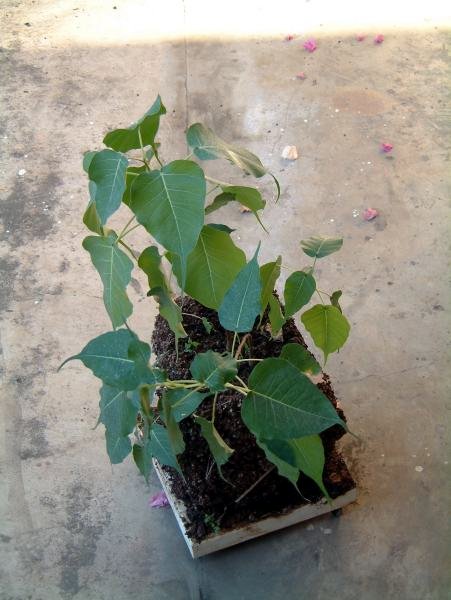
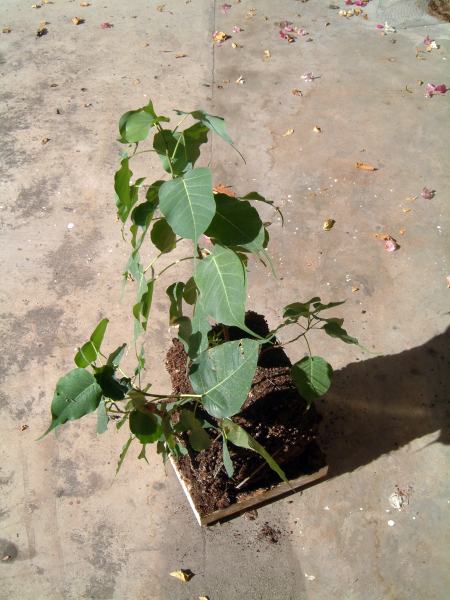
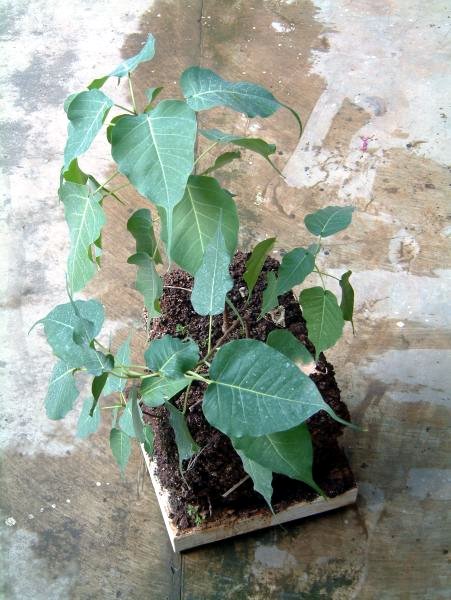
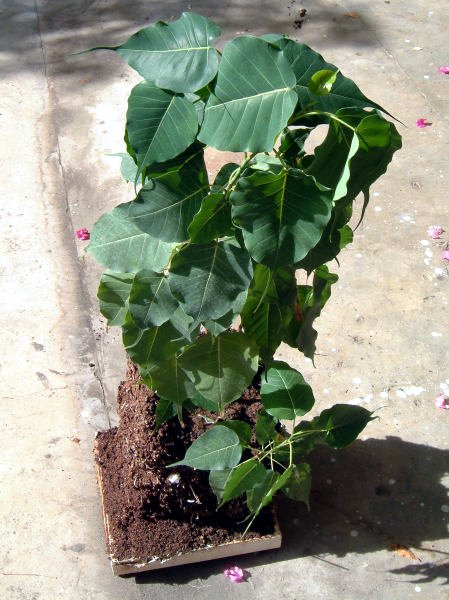
































































The tree, scientifically known as Ficus Religiosa, has a red seed, favoured food of many singing birds. It produces thousands of red seeds falling to the ground and when dried easily swept by the wind. The seeds grows fast with less soil and has the ability to do so even in concrete pavements or grounds. As the artist believes that everything that falls to the ground is not garbage, he gathered all the seeds and contained this in a box (without any soil) - and provided water and sunlight. The photo essay shows how this project has progressed in a year and how the artist has come up with a conclusive question: "Is it possible that a life-form eats itself and produces another one of its kind by doing so?"
Photos showing:
- making a cube only from the seeds,
- mushrooms growing,
- plants appear,
- plants grow.
Gautama Buddha attained enlightenment (bodhi) while meditating underneath a Ficus religiosa.
Sadhus (Hindu ascetics) still meditate beneath sacred fig trees, and Hindus do pradakshina (circumambulation, or meditative pacing) around the sacred fig tree as a mark of worship. Usually seven pradakshinas are done around the tree in the morning time chanting "vriksha rajaya namah", meaning "salutation to the king of trees." It claimed that the 27 stars (constellations) constituting 12 houses (rasis) and 9 planets are specifically represented precisely by 27 trees—one for each star. The Bodhi Tree is said to represent Pushya (Western star name γ, δ and θ Cancri in the Cancer constellation).
Plaksa is a possible Sanskrit term for Ficus religiosa. However, according to Macdonell and Keith (1912), it denotes the wavy-leaved fig tree (Ficus infectoria) instead. In Hindu texts, the Plaksa tree is associated with the source of the Sarasvati River. The Skanda Purana states that the Sarasvati originates from the water pot of Brahma flows from Plaksa on the Himalayas. According to Vamana Purana 32.1-4, the Sarasvati was rising from the Plaksa tree (Pipal tree).[8] Plaksa Pra-sravana denotes the place where the Sarasvati appears.[9] In the Rigveda Sutras, Plaksa Pra-sravana refers to the source of the Sarasvati.
©
Andreas Loeschner-Gornau earthly, global and vegan Artist / Who needs still political borders and politicians?